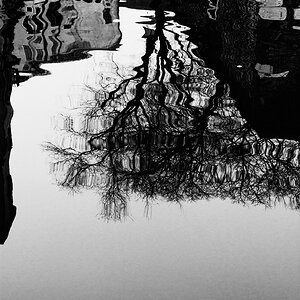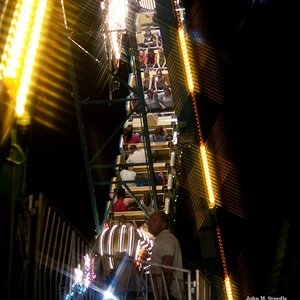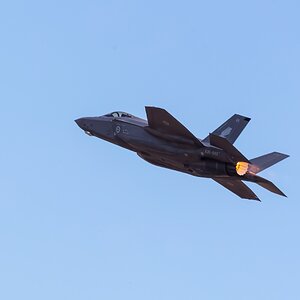ZIN
TPF Noob!
- Joined
- Oct 18, 2007
- Messages
- 40
- Reaction score
- 0
- Can others edit my Photos
- Photos OK to edit
If IS is such a nice feature why don't they just build it into the camera like Pentax K10D? I have been looking for a DSLR and really think this feature would be a great plus so do I just buy the Pentax or buy the Canon XTI and pay a higher price for my lenses?
Is this something Canon or NIKON may be considering in the future?
Is this something Canon or NIKON may be considering in the future?





![[No title]](/data/xfmg/thumbnail/39/39491-353a6df9b207e97dadcdce4f98248fcd.jpg?1619739051)


![[No title]](/data/xfmg/thumbnail/35/35967-ee5e7220e6f5cbd7d70fb99fe8ce5038.jpg?1619737285)

![[No title]](/data/xfmg/thumbnail/30/30992-773558233723ab0d28c307a97a1a2427.jpg?1619734556)


